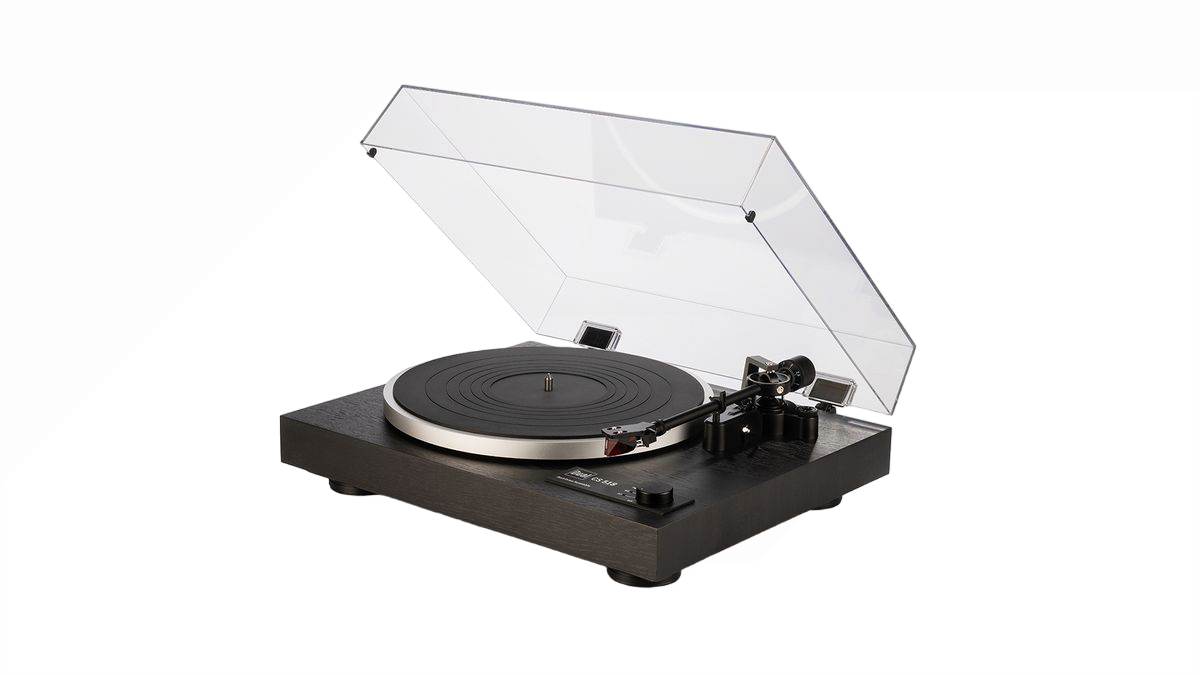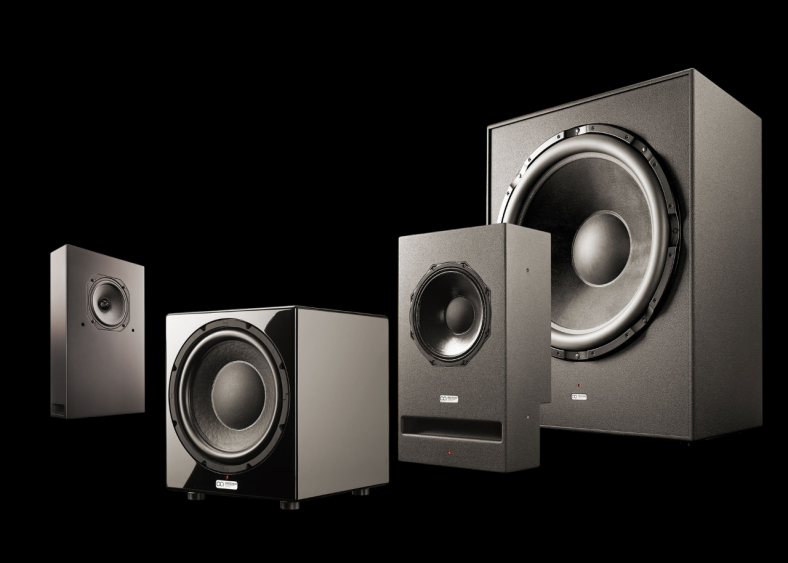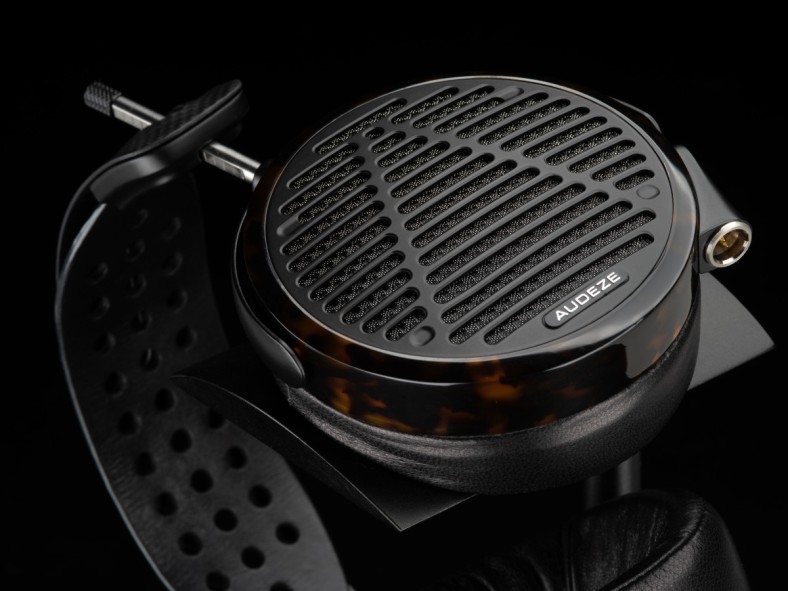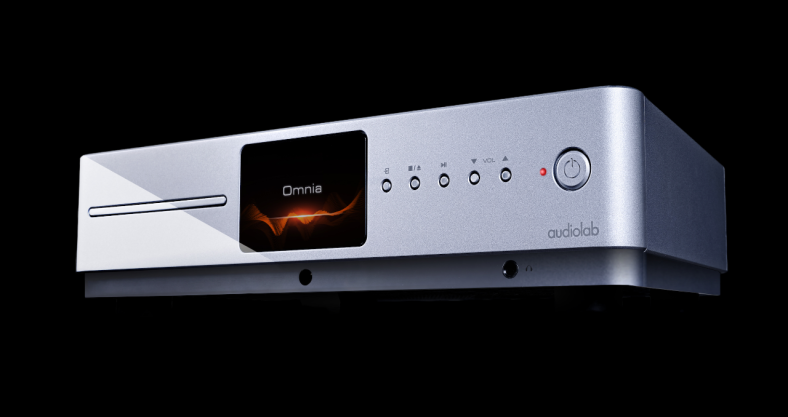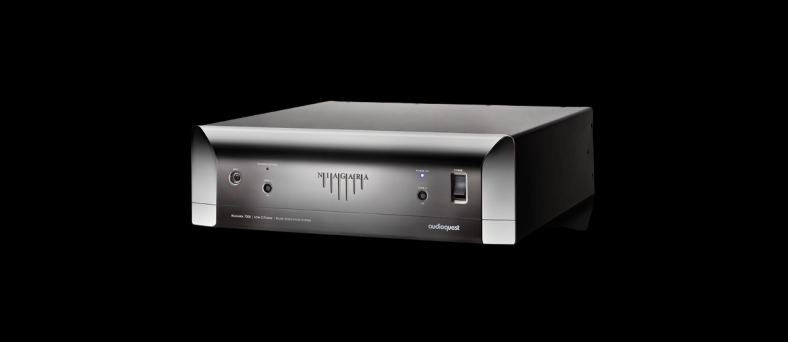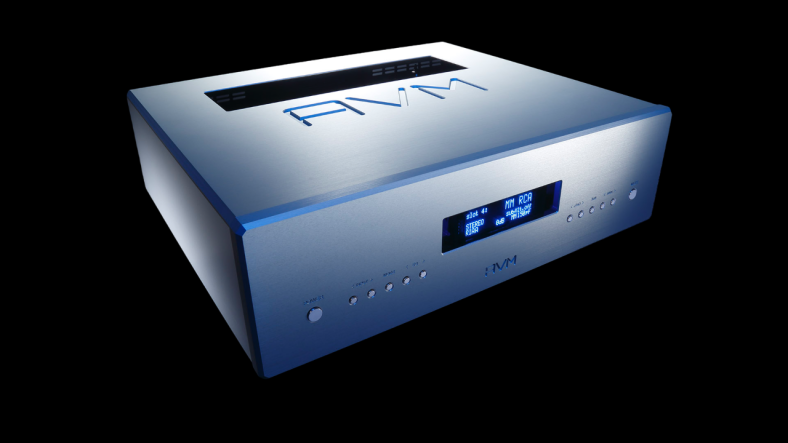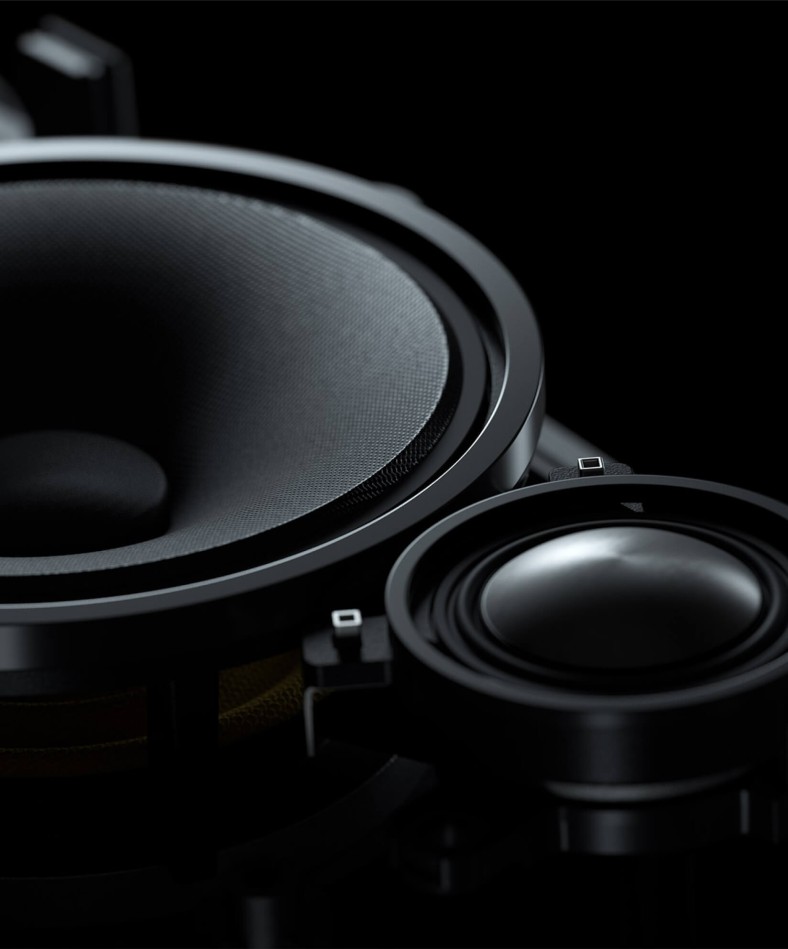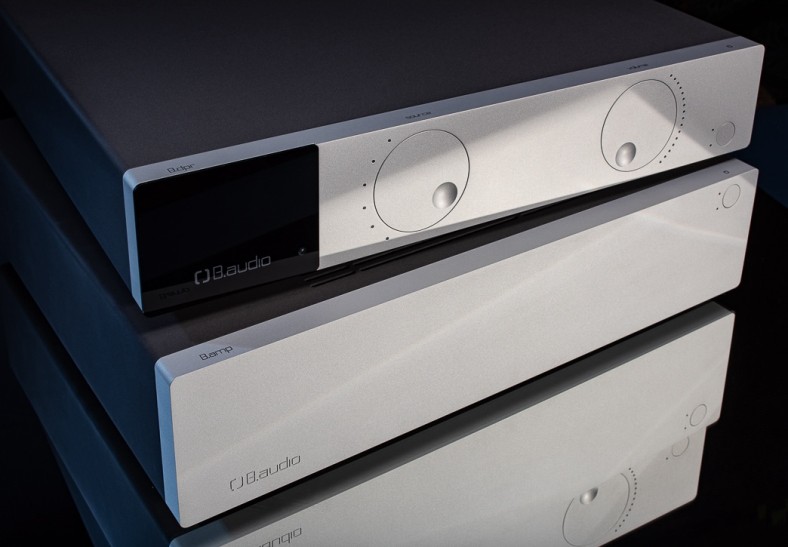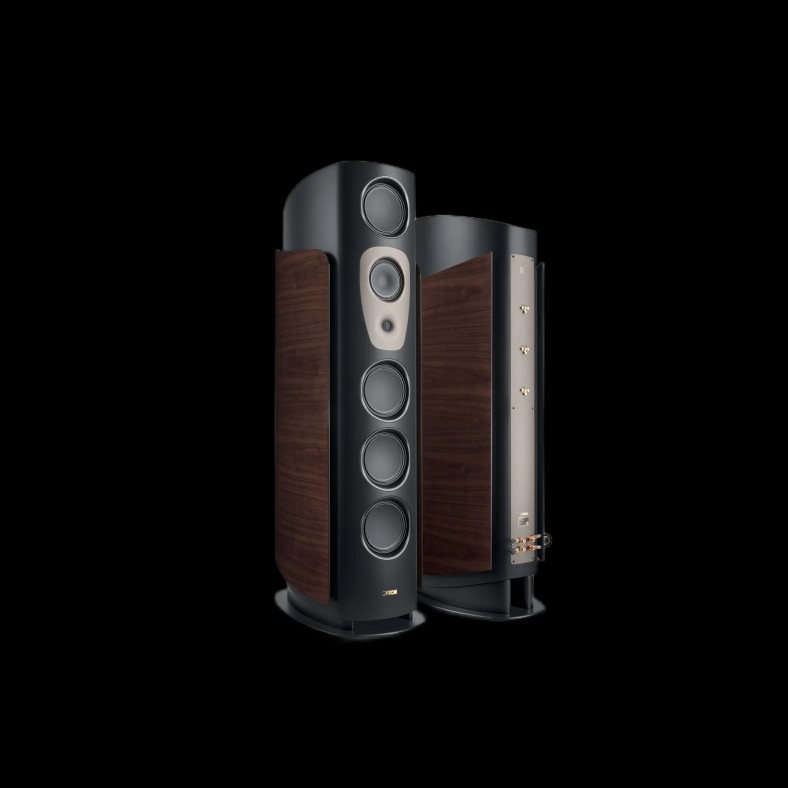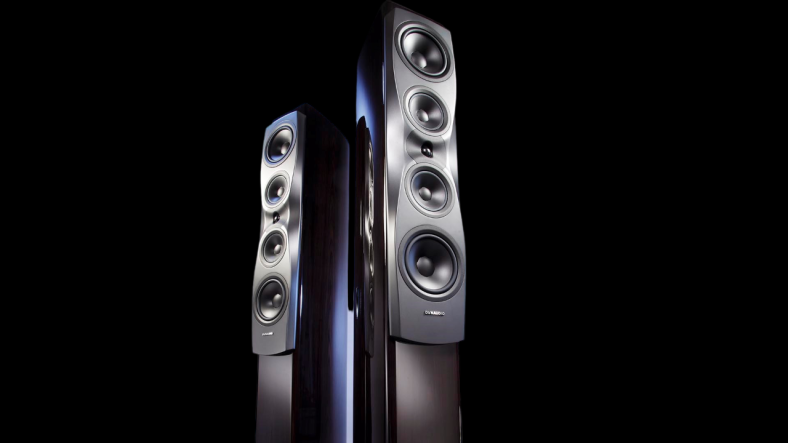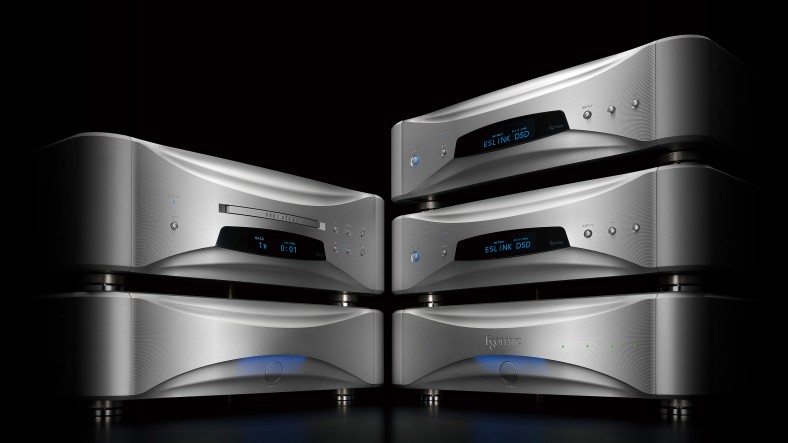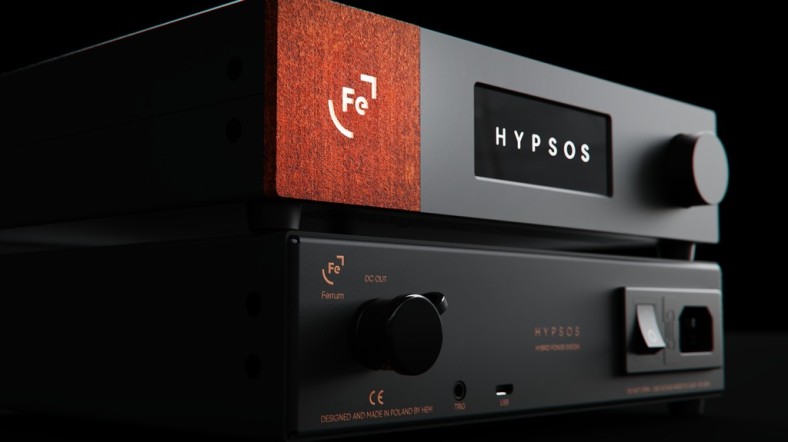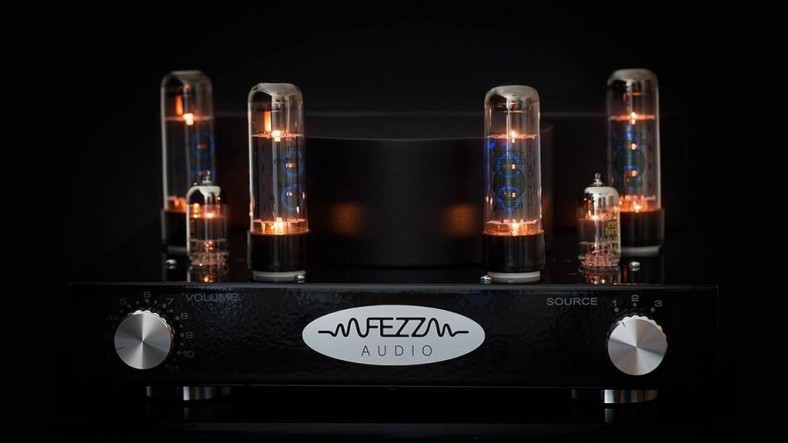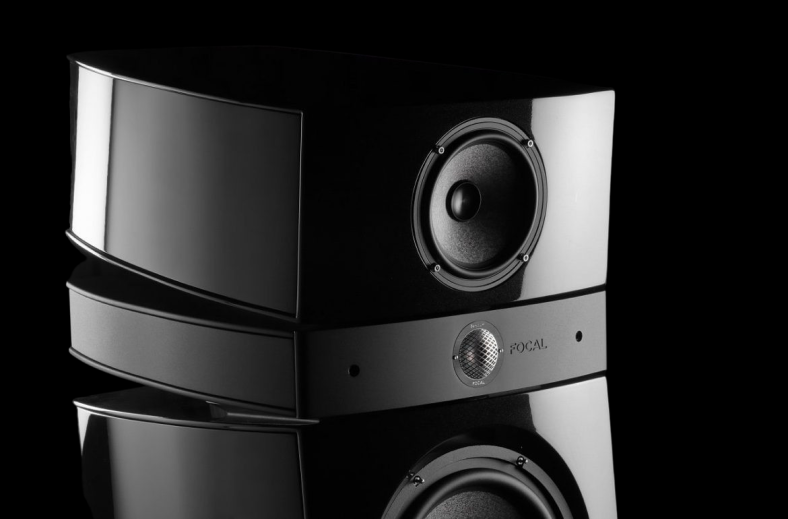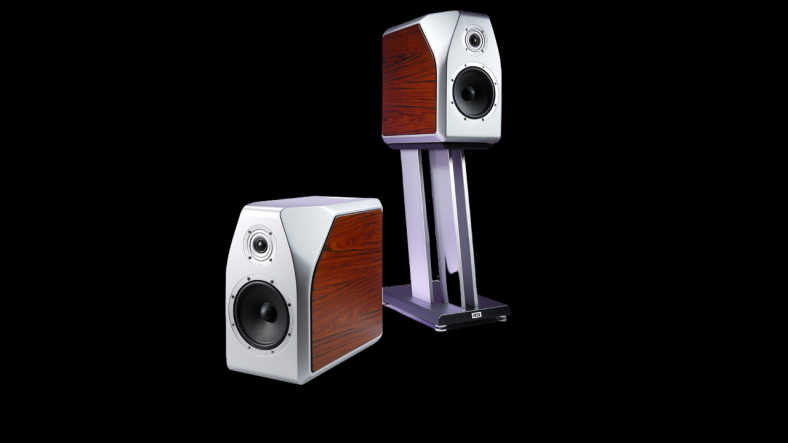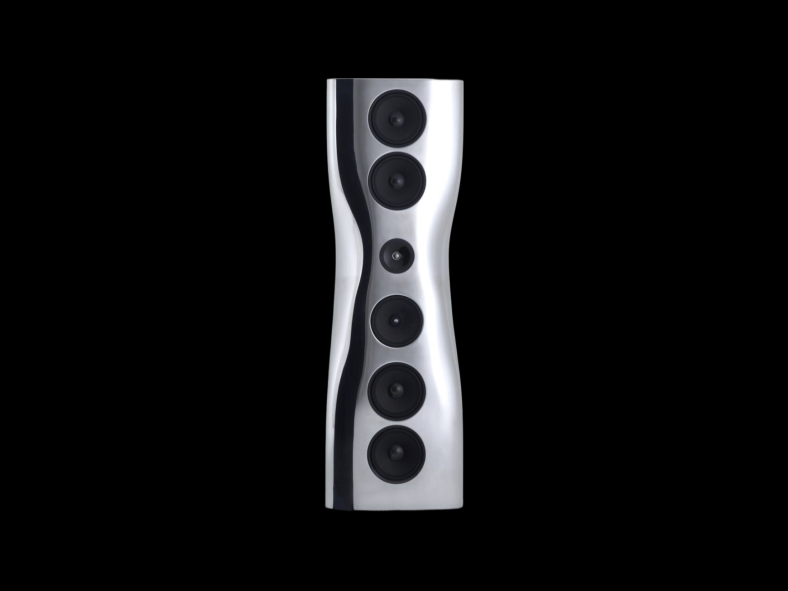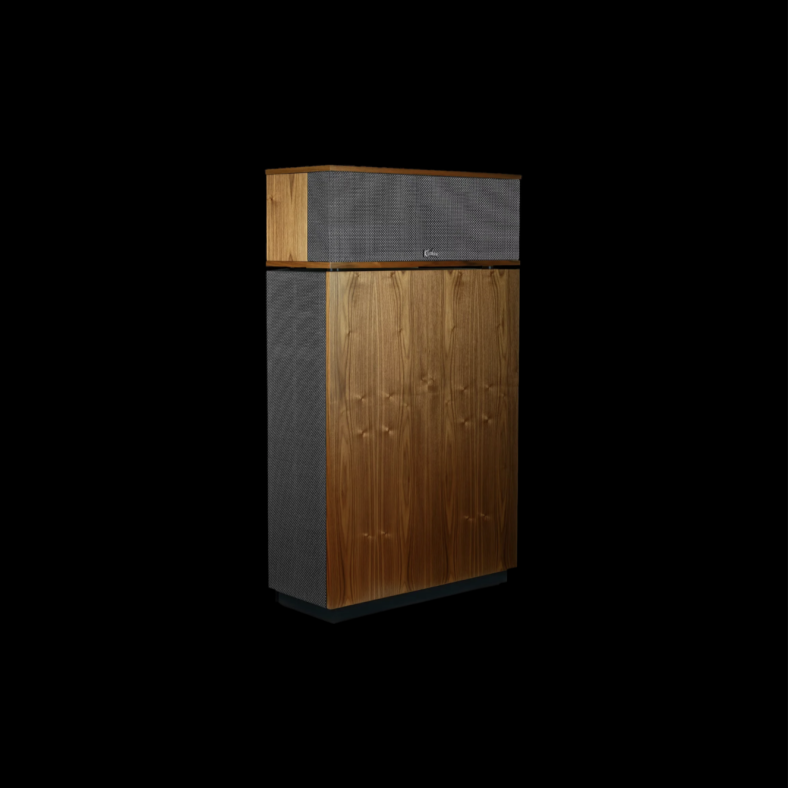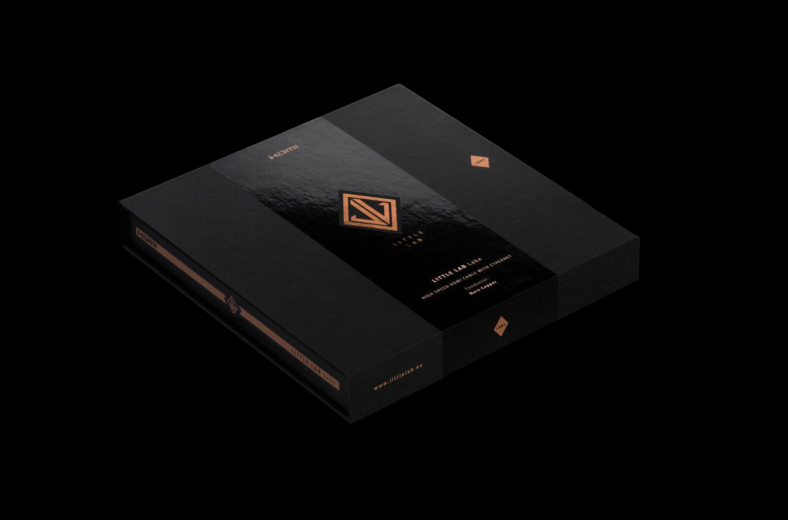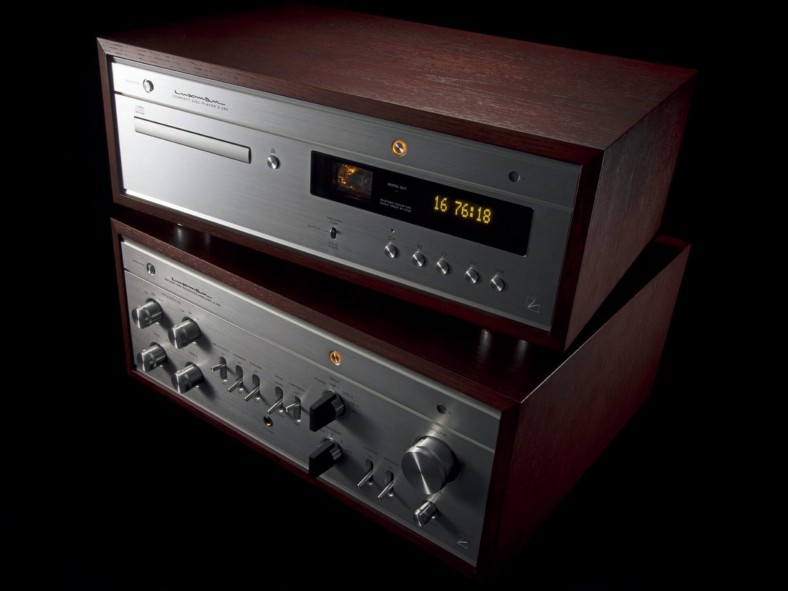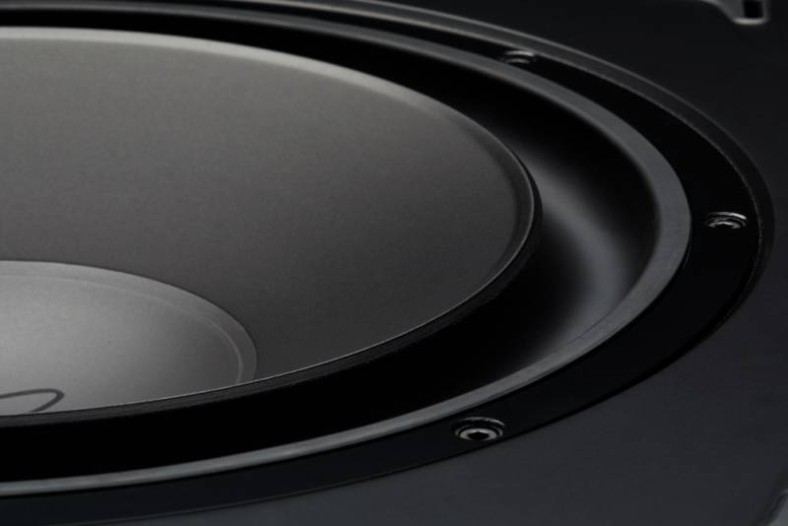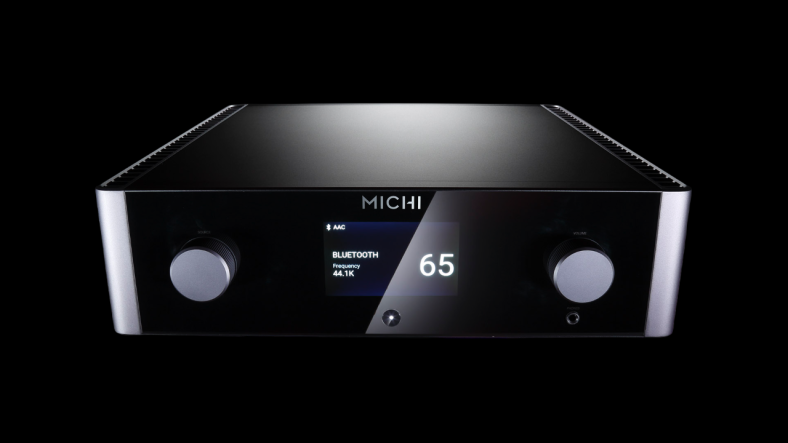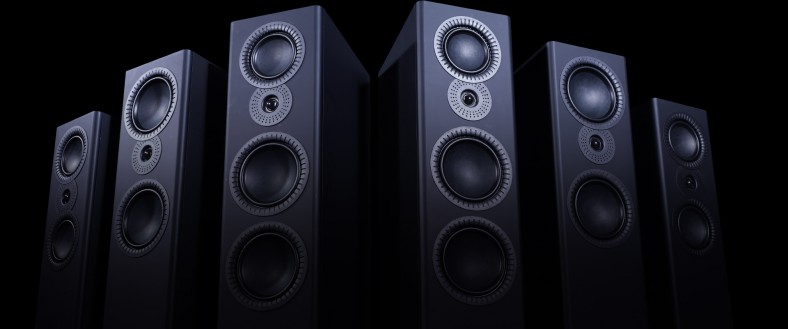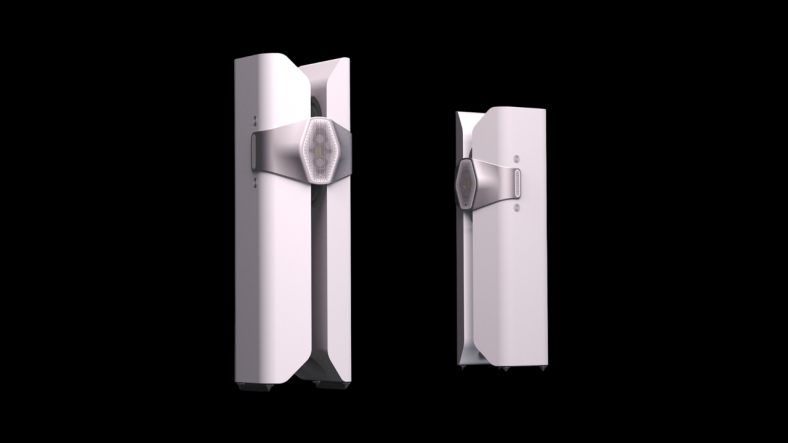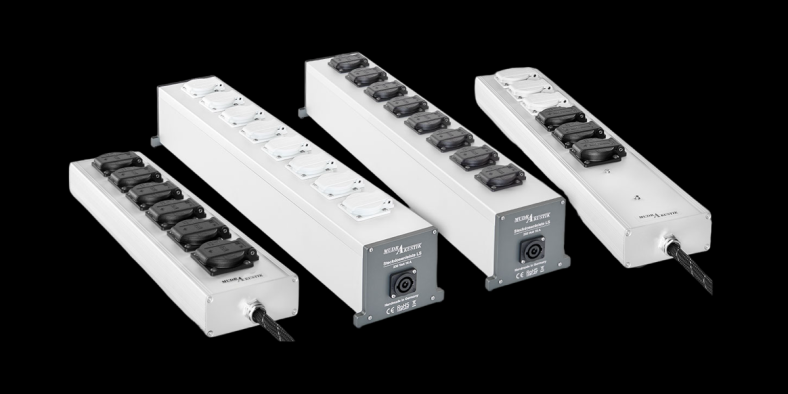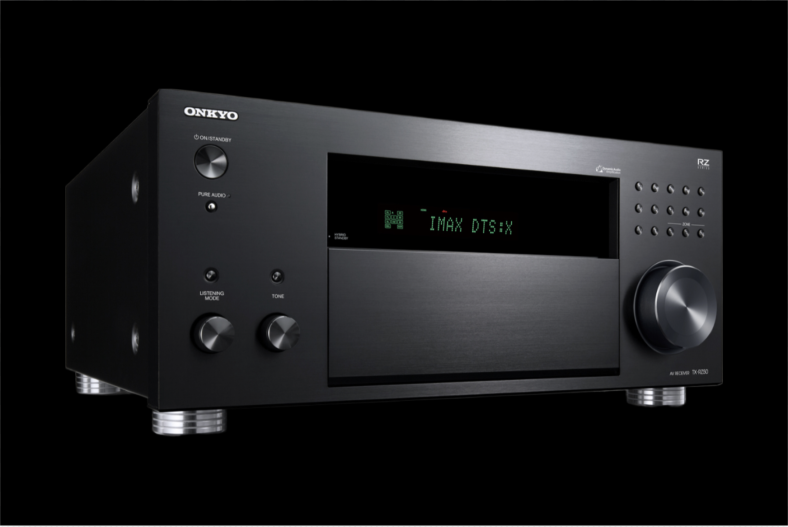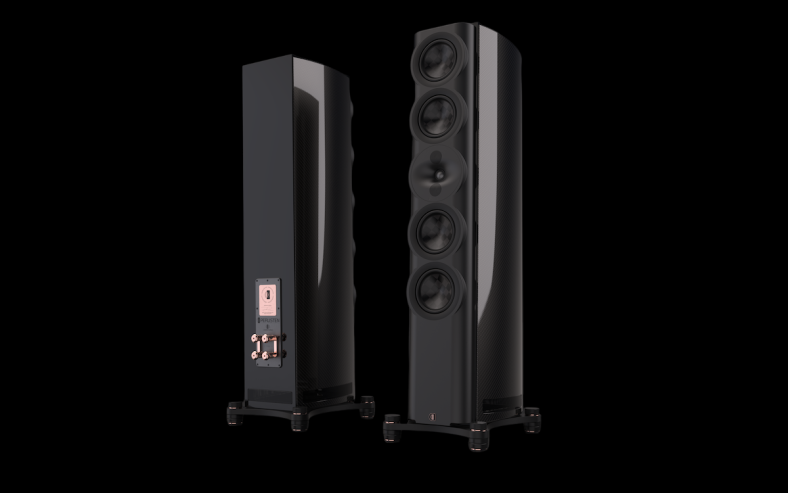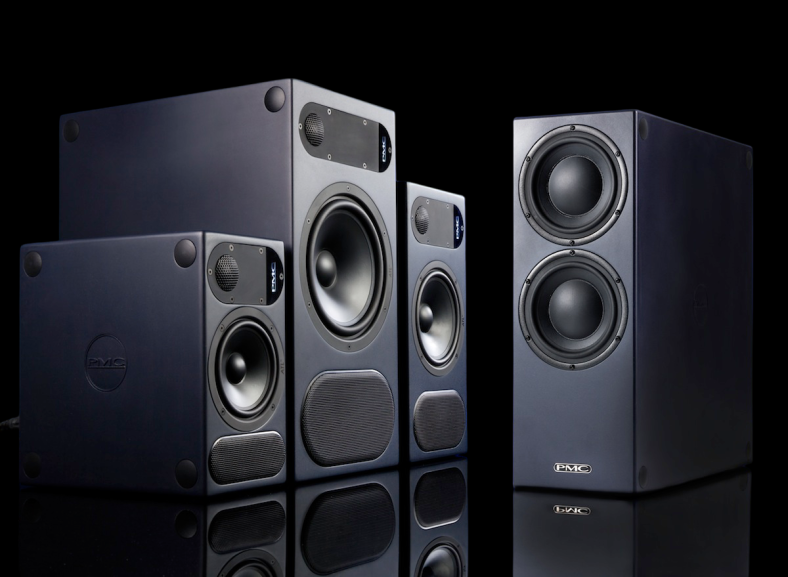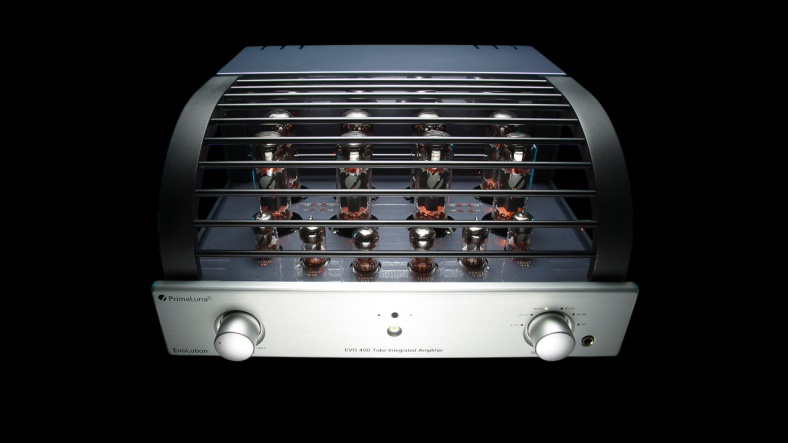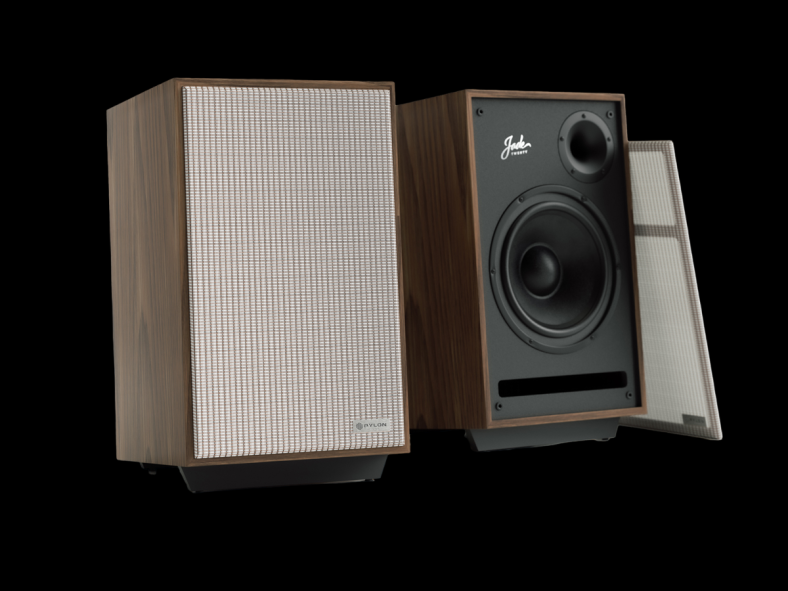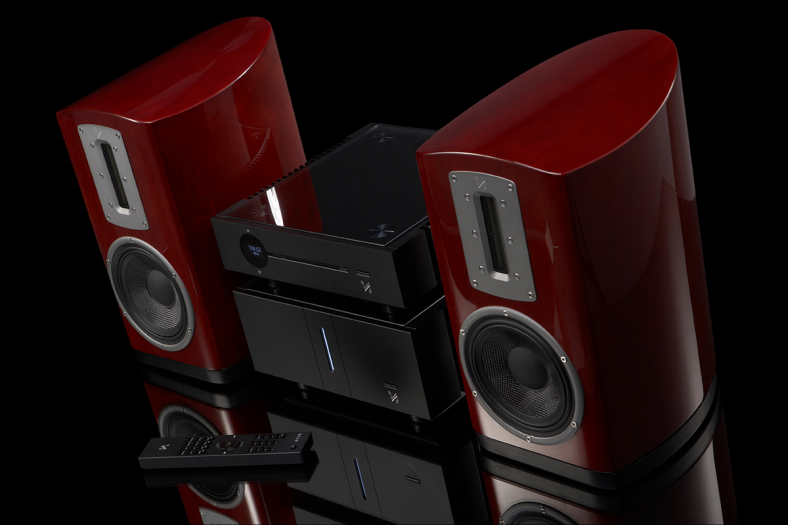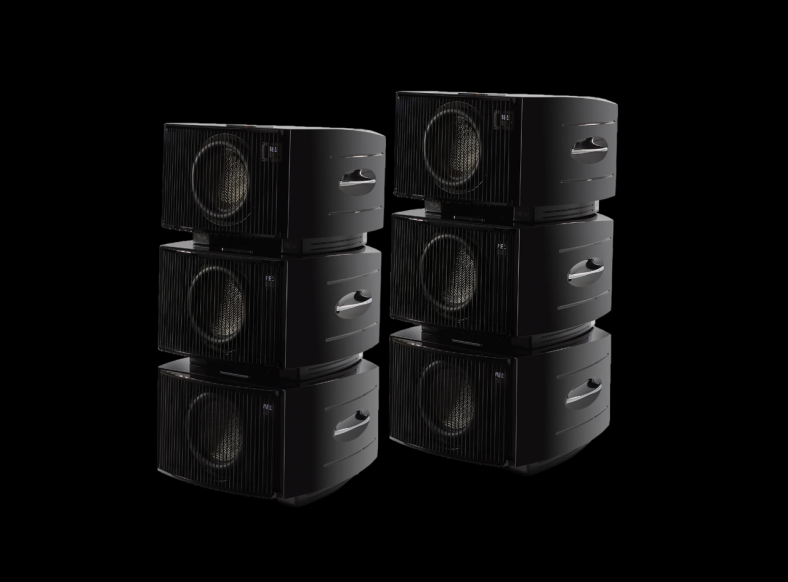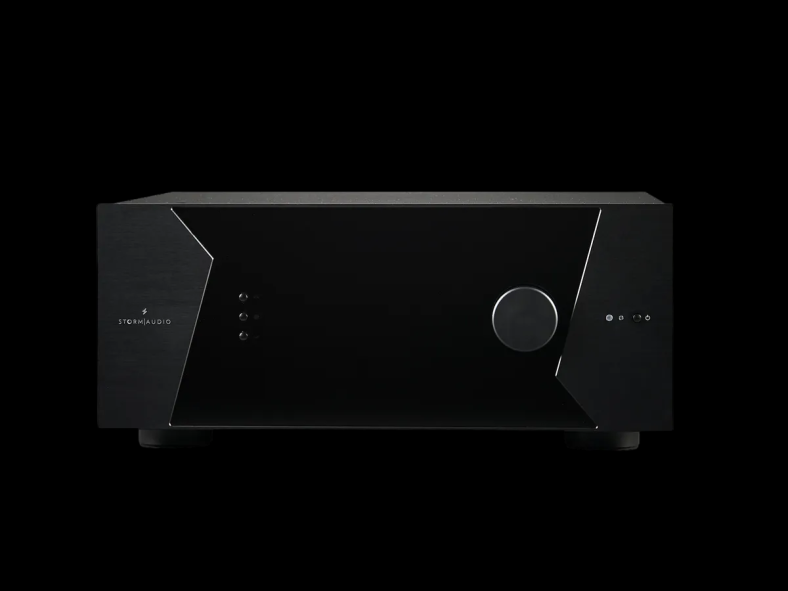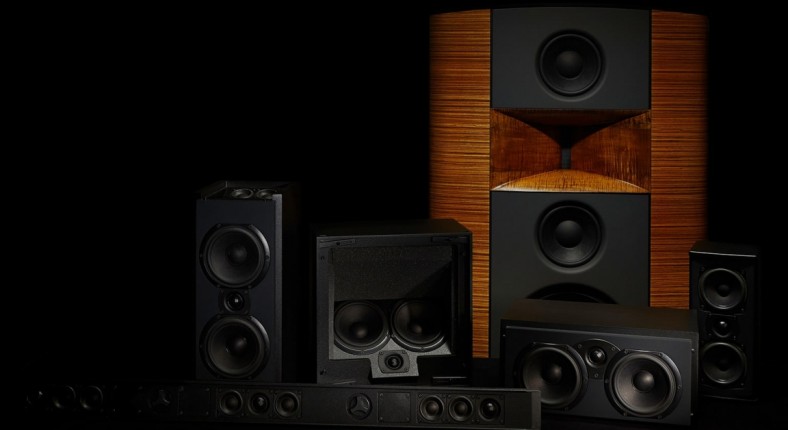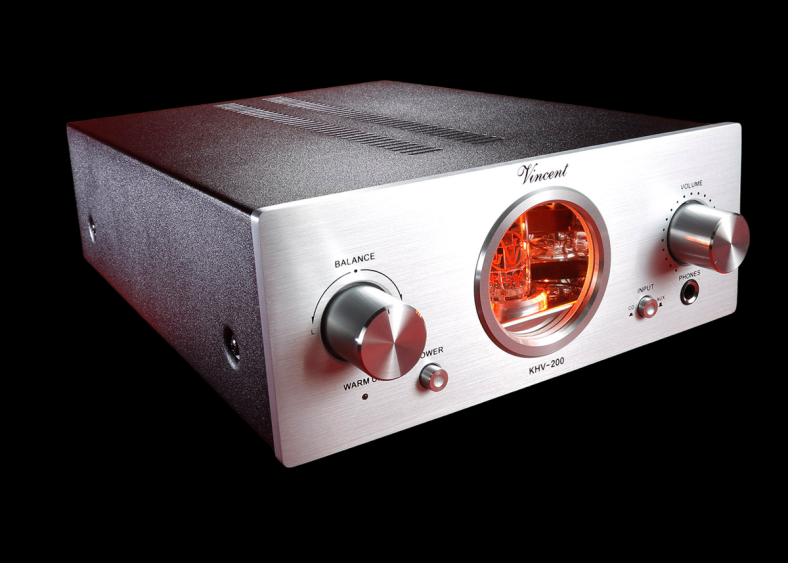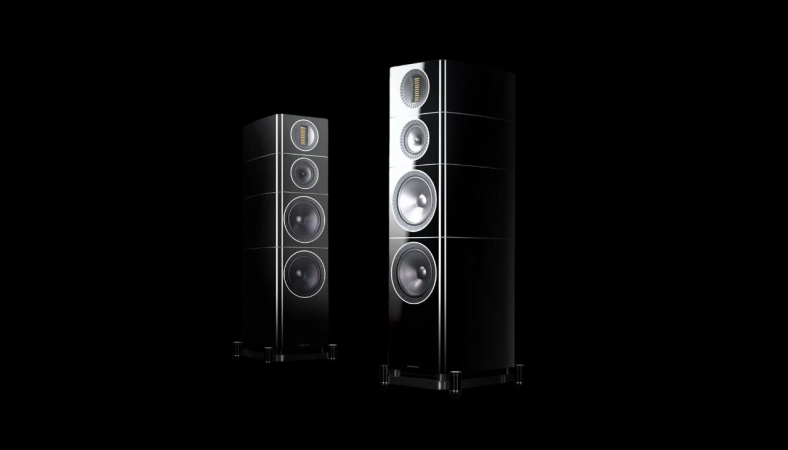Key stages in the history of Dual:
1900
In the town of St. Georgen in the Black Forest of Germany, brothers Christian and Joseph Steidinger, like their ancestors, make precision parts for watchmakers. Christian opens his own workshop in his new home.
1907
Christian invites his brother Joseph to start a joint business, and after the construction of a new factory building, the Steidinger Brothers Precision Mechanics Factory opens on February 1, 1907. In addition to supplying tools to watchmakers in the region, a new spring drive for gramophones is being developed.
1912
The brothers separated and Josef Steidinger founded his own business called "Perpetuum".
1927
A new drive for gramophones, the so-called “Dual Motor”, has been introduced. It was a combination of a spring clock mechanism and an electric motor for portable gramophones that were popular at the time.
1935
"Dual Motor" became so successful that the name "Dual" was chosen as the official brand of the company. The first vinyl player under the Dual brand was released.
1949
The first 78 rpm changer was introduced - the Dual 1000 model.
1950s
The post-war period was a time of strong economic growth. Dual became the largest manufacturer of turntables in Europe. More than 3,000 employees worked in several of the company's factories. Many companies around the world used Dual turntables and changers built into their jukeboxes.
1963
The all-new Dual 1009 HiFi changer sets new global standards in its category. The 1009 and its successor the 1019 became very popular, especially in North America.
1969
The new top model Dual 1219 was the first Dual turntable to feature a 30cm platter. It was the first to use a tonearm with a dual cardan bearing system. Dual now offers a wide range of components: portable equipment, turntables, amplifiers, tuners, tape recorders and speaker systems.
1973
Longtime competitor Perpetuum-Ebner was absorbed by Dual.
The next major innovation was the fully automatic Dual 701. This was the first direct drive turntable made in Europe. This high-quality turntable has received worldwide acclaim.
1975
Dual celebrated its 75th anniversary.
1981-1982
German consumer electronics makers have been hit by fast-growing competition from Asian manufacturers. Dual filed for bankruptcy after years of losses.
Dual was acquired by French electronics company Thomson-Brandt. The new owner, who also owned the brands Nordmende, Saba and Telefunken, integrated Dual into the overall group.
1985
Dual presents the new top model CS 5000 - a belt-driven turntable with manual controls in a wooden case. Dual also developed and manufactured the first "made in Germany" CD player and several other high-quality devices.
1987
New reference model released. The Dual Golden 1 combines the technologies of the Dual CS 5000 with a glossy black body and 24-karat gold-plated metal components.
Due to competitive pressure, Thomson-Brand is forced to cut more and more jobs at the Dual factory in St. Georgen.
1988
Schneider Rundfunkwerke AG becomes the new owner of Dual and in the same year introduces televisions under the Dual brand.
1991
Golden Stone vinyl disc player introduced. This model had the same gold-plated metal parts as the Golden 1, but its body was made of artificial stone.
1993
Dual is in deep crisis. The last Dual factory in St. Georgen in the Black Forest is closing. All turntables are manufactured for Schneider by an external contractor - Fehrenbacher GmbH.
1996
Parent company Schneider is restructuring and selling the Dual brand to department store chain Karstadt AG. For several years they have been releasing their own products under the Dual brand with a new retro logo. Schneider retains only the trademark rights for the turntables.
2003
The first products are again released under the Dual brand.
2007
Alfred Fehrenbacher GmbH receives a non-exclusive license to manufacture and sell turntables under the Dual brand. The license will expire in 2021. In the future, Alfred Fehrenbacher GmbH will produce turntables under the Rekkord brand, which are practically no different from the previously produced Dual turntables, although there are, of course, new developments.
2018
Dr. Josef Zellner becomes owner of Dual.
2020
Dr. Josef Zellner's company changes its name to Dual GmbH and is now based in Landsberg am Lech in Germany. A new generation of turntables designed or manufactured in Germany has been introduced. The top model, called Primus Maximus, is produced in a limited edition of 100 pieces and is produced only to order.
2022
Dual GmbH is once again being tested for strength. Due to the effects of the coronavirus crisis, supply disruptions, inflation and huge energy prices, the company declared insolvency and filed for bankruptcy in November 2022, but was given some time by the court to try to turn its financial affairs around. Fortunately, a consortium of investors saved the company from bankruptcy. Dr. Josef Zellner, head of the consortium of investors, continues to manage the affairs of the company, which has been re-registered and now bears the name "Dual Deutschland GmbH".
Dual today
Handmade in Germany
The reference models are handcrafted in small batches in Germany. Regional precision parts suppliers to the Dual design center in Germany provide components with the highest tolerances required in the 21st century. Dual creates players for the most demanding customers.
Research and design at the DUAL design center in Germany
All new players are designed and tested in this new facility. The new products integrate “Classic Dual” design elements that have been refined over decades.
These tried and tested technologies ensure product quality that goes beyond appearance.
Production of the "junior" Dual models has now moved to China, but the production and assembly process of all models is under the strict control of the German design center.
Private collection from Alfred Langer
Alfred Langer's extensive private collection of Dual turntables is at the center of the Dual's design. The driving force behind the goal of buying all these different players was not just to get them all in one place, but to understand the technology. Each device was disassembled to examine its functions and analyze components to compile parts lists.
Thus, having gone through various stages of ups and downs, the Dual company today is the heir to enormous experience in the manufacture of vinyl record players, combining long-standing traditions with modern design ideas and technologies.
